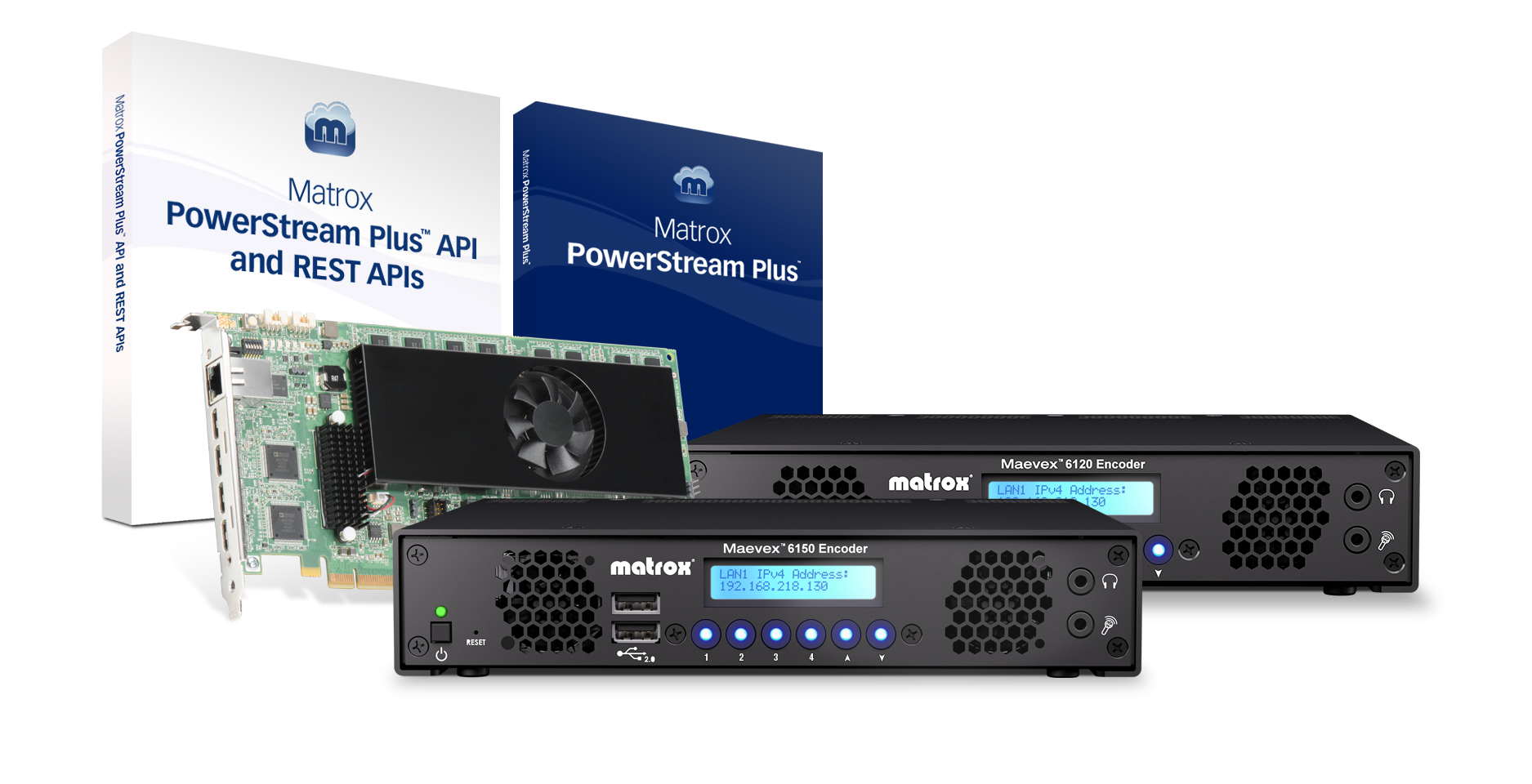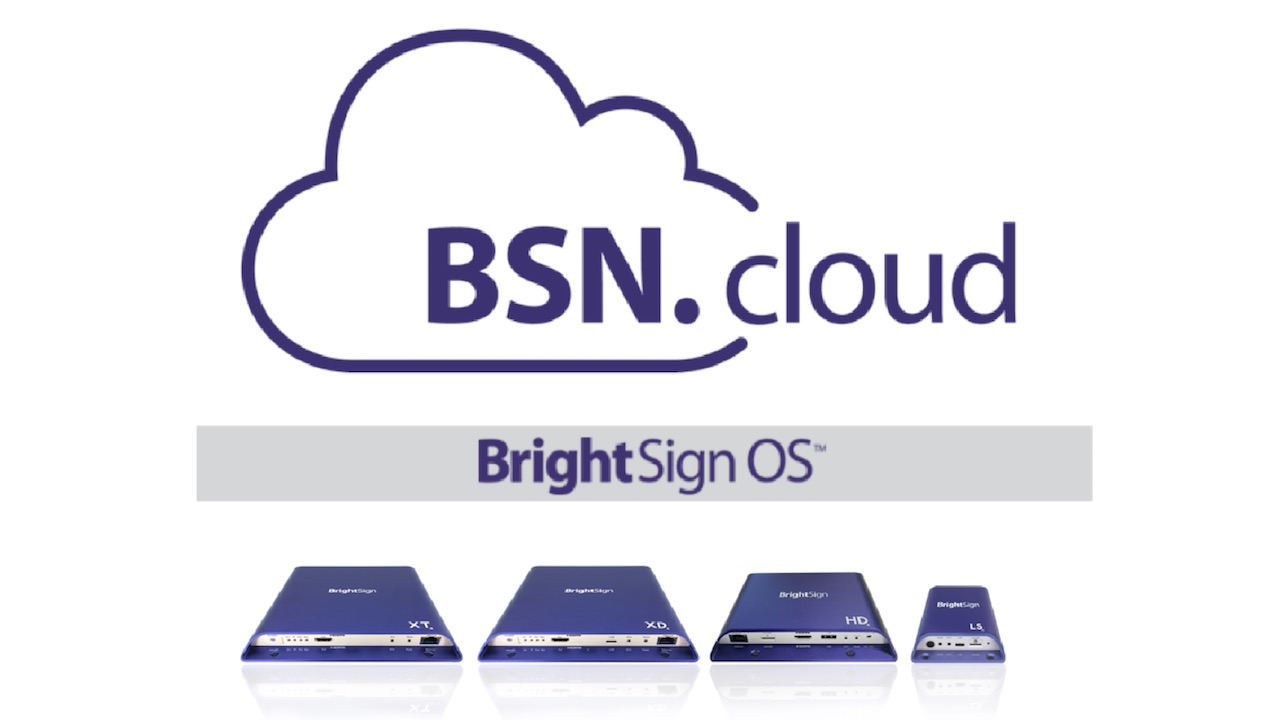Advances in the digital signage industry sometimes feel like they are coming toward us at warp speed. No longer is a single display sufficient to engage with audiences. Everywhere you look, larger, more complex digital signage networks are debuting. These larger networks can be found anywhere, including shopping malls, transit centers, and any location looking for a way to make a statement.
That being said, the technology that distributes and displays content within these networks is constantly evolving, too. For those within the distribution industry, a major focus must be on keeping up with these networks and finding the best way to deliver content over networks of this complexity and size.
What you need to know about AV over IP
“Hundreds or even thousands of endpoints is becoming the norm, so it’s critical to use hardware that’s up to the task, and software that’s capable of managing the network with ease,” said Jeff Hastings, CEO at BrightSign. “A digital signage network—whether you’re talking about a single screen or a thousand screens—is only as strong as its weakest link. Therefore, it’s critical to engage the right integrator or creative agency with the chops to specify a hardware, software, and content ecosystem that will work together seamlessly now and in the future.”
To deal with the abundance of larger networks, many distribution experts are focusing on IP-based solutions. On-site digital signage solutions can still be used for smaller networks, but they require continuous IT support to manage the overall maintenance, management, and server setup—all covered at the end user’s expense. IP-based solutions relieve end users of this burden and allow for greater user control and management capabilities. (Installing AV over IP systems today affords future expansion possibilities.) Owners of smaller networks may still look to use on-site digital signage solutions, but for those looking to manage larger networks, an IP AV infrastructure may be the way to go.
To see the latest digital signage distribution products, scroll through the gallery below.
With a focus on web-based solutions, BrightSign has developed the BSN.cloud management platform to connect large networks of BrightSign players, all running BrightSign OS 8, to create a comprehensive signage solution. BrightSign stated that this new cloud-based platform was developed with an eye toward the future. Massive signage rollouts are becoming the norm and 2020 will be a year filled with software innovation to manage and create content specifically for these networks. BSN.cloud provides a secure, scalable network and real-time player controls to manage installs from basic configurations to the most complex. It gives end users the ability to control a single player or thousands anywhere, anytime, and provides the support necessary to keep these larger networks synchronized. A free subscription to Control Cloud is included with all BrightSign players; end users can upgrade to BrightSign’s Content Cloud for a more comprehensive set of networks and content management tools.
Hall Research’s AV over IP FHD264 distribution system is another platform helping to disseminate content to these large-scale networks and can feed to cloud-based servers. Offering 24/7 reliability, FHD264 combines innovative features with industry-leading hardware to help distribute content over a 1 Gig network infrastructure. Available remote management options assist in the management of large-scale networks.
Advantages of a 1Gb Ethernet network backbone
Data and Analytics
The size and the immersive nature of these networks mean one thing: lots of eyeballs. With the desire to monetize these networks, stakeholders are always looking to capture more data, using AV over IP encoders and other solutions to help maximize the data they have the ability to capture.
“There is more information than ever being captured and analyzed,” said Samuel Recine, director of sales, America and Asia Pacific, at Matrox Graphics. “This includes imaging technologies capturing and counting the views of digital signage. In terms of payload delivery, there is significantly more mixed content of recorded digital signage content playing back at the same time as screens are showing live content—like news or sports either being captured at the signage player node or, more typically, coming in as a live stream appearing in a region of the signage display.”
Considerations for delivering real-time AV over IP
The Matrox Maevex 6100 series 4K enterprise encoders—featuring the Maevex 6120 and Maevex 6150 dual and quad 4K standalone appliances and the Maevex 6100 quad 4K PCIe card—are what the company calls “the world’s first enterprise encoders to simultaneously capture, stream, and/or record multiple 4K outputs over a standard gigabit Ethernet connection.” These encoders easily feed cloud-based servers to push multiple streams directly across the network and record data feeds for later editing and viewing purposes.
Capabilities like those of the Maevex 6100 series add additional ROI for end users and also provide ways to secure pertinent data, like number of viewers and other statistics, that can be of interest when monetizing a network through advertising or other promotional ventures.
“Data-driven enhancements including everything from statistics to people-counting imaging technologies are leading to exciting new areas of digital signage automation where nodes are maximizing performance and collective networks of content management continue to deliver improved real value to stakeholders, including end users, deployment and maintenance staff, and executives controlling the budgets.”
Security
When managing larger or multiple digital signage networks, security is of utmost concern. With more distribution companies relying on IP networks to disseminate content, security and overall network safety comes into question. Is it truly safe to keep all your information this way, or do on-site servers provide the best safety net?
Keeping your converged IP network secure
Security for IP networks is not a new concept—the IT world has been dealing with it for years—but there are many perceptions Recine feels are holding the AV industry back in this area. “One: claiming that IP is riskier than baseband or other methods for delivering AV. The fact is that analog and digital baseband technologies can also be hacked. Two: security is never ‘done’ or ‘dealt with.’ It is dynamic. It requires an allocation of resources to pursue ongoing management and continuous improvement. Threats change and the market must continually adapt.”
[Playing IT Safe: The State of Networked AV Security]
With IP-based or AV over IP-based solutions, distribution companies control network access and are able to manage the environment better than with an on-site-based platform. A.J. Shelat, vice president of sales at Hall Research, noted, “Security concerns related to system hacks revolve around a player behind a display install. Our video extension and distribution systems remove any network access at or near the display. We transmit AV and control between the secure location where a player would reside and the display, which is often in the public spaces.”
With end users looking to create the next innovative digital signage network, we can be assured that networks will continue to grow. New trends like interactivity and image recognition technology will come more into play, and distribution experts must be prepared with platforms that can address these needs. “Touch and voice interaction will become much more commonplace in digital signage,” Hastings concluded. With these new technologies on the rise, distribution methods cannot afford to fall too far behind.
For more information:



